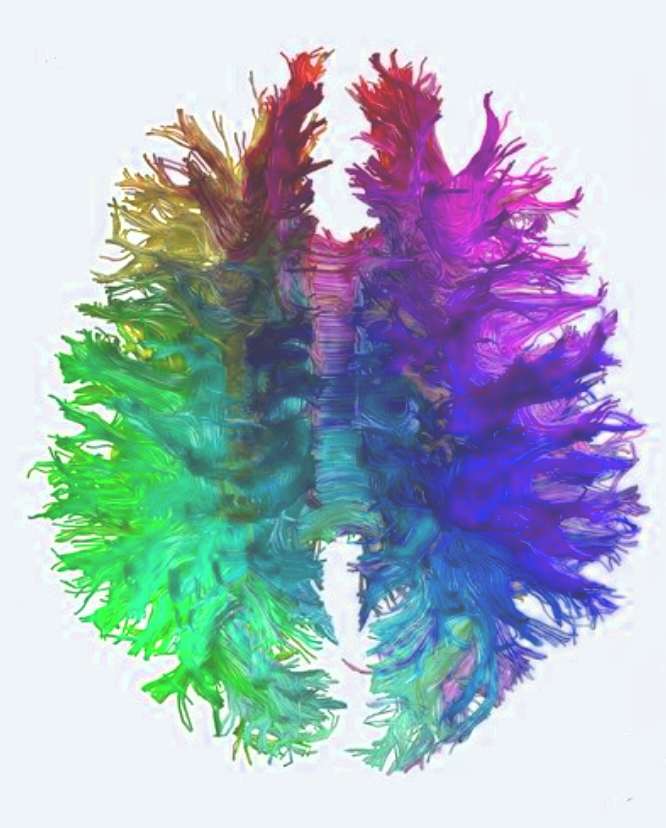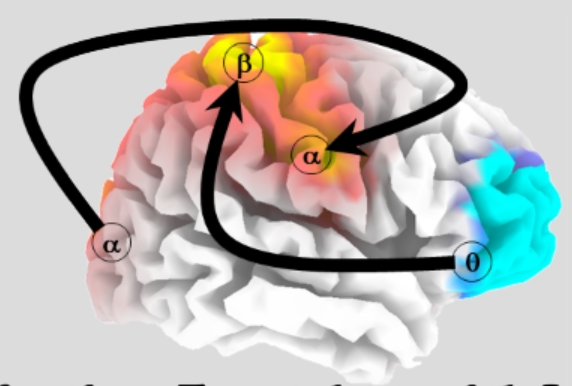|
Connectivity measure |
References
|
Comments
|
|
Lagged coherence and lagged phase
synchronization
|
Pascual-Marqui
2007a
Pascual-Marqui
2007b
Pascual-Marqui et al 2011 |
1. For the
bivariate case, lagged coherence is invariant to mixture, i.e. volume
conduction. Proof in
Pascual-Marqui et al
2018
2. Recent studies demonstrate lagged coherence is better than phase lag
index. See e.g.
Hindriks 2021 |
|
Markov transition rates for microstates, modeled
as a continuous time Markov process, and not as a Markov chain.
|
Theory: "Basawa IV, Rao BP: Statistical Inference for
Stochastic Processes. London, Academic Press, 1980."
Applied study:
Yoshimura et
al 2018
|
A continuous time Markov process takes into
account not only state, but also how much time it has spent in the
state. A Markov chain only takes into account jumps and ignores
durations. Applying Markov chain analysis to describe microstate
transitions is inappropriate, as in
von Wegner F, Tagliazucchi E, Laufs 2017.
|
|
Measures of multivariate connectivity
|
Pascual-Marqui
2007b (see e.g. section "Measures of linear dependence
(coherence-type) between groups of multivariate time series"
|
This is a global measure of network
connectivity. See e.g.
Basti et al 2020.
|
|
Networks based on fICA (functional ICA)
|
Pascual-Marqui
and Biscay-Lirio 2011
|
This generalizes the ICA method used in
discovering "resting state fMRI networks". Applied to frequency domain
LORETA, the networks correspond to cross-frequency synchronized brain
regions. See e.g
Aoki
et al 2015,
Milz
et al 2016,
Gerrits et al 2019.
|
|
Senders/Hubs/Receivers
|
Pascual-Marqui
and Biscay-Lirio 2010
|
This is based on a singular value decomposition
of time-lagged multivariate signals, which localizes the senders, hubs,
and receivers (SHR) of information transmission. It provides 3D brain
images that assign a score to each location in terms of its sending,
relaying, and receiving capacity.
|
| Partial
connectivity fields |
Pascual-Marqui et al 2011 |
To reduce the
effect of low spatial resolution and volume conduction, a whole-cortex
generalized partial coherence matrix is computed. Remarkably, it is
invariant to the selected tomography. Compared to standard lagged
coherence maps, the partial lagged coherence maps have high spatial
resolution. |
| Isolated
effective coherence (iCoh) |
Pascual-Marqui et al 2014 |
Given LORETA
signals, fit a multivariate autoregressive model, compute the
cross-spectra, and delete all indirect causal connections between each
pair of signals. This isolates the pair of signals, giving a genuine
causal directional partial coherence. Compared to other similar methods,
iCoh has improved properties. |
| Innovations
orthogonalization: a solution to the major pitfalls of EEG/MEG “leakage
correction” |
Pascual-Marqui
et al 2017 |
Estimated signals of
cortical activity from scalp EEG are mixed due to low spatial
resolution, and can produce false connectivity. The “leakage correction”
method of
Colclough et al 2015 forces the inverse solution signals to have
zero cross-correlation at lag zero. We argue that brain signals are not
orthogonal. Our new method orthogonalizes the innovations of the
autoregressive representation of the signals. The methods are compared
in simulations that show correct connectome estimation with innovation
orthogonalization, and pervasive false positive connectomes with
Colclough's “leakage correction”. |
| Measuring Granger-causal
effects in multivariate time series by system editing |
Pascual-Marqui
et al 2018 |
What is the role of each
node in a system of many interconnected nodes? This can be quantified by
comparing the dynamics of the nodes in the intact system, with their
modified dynamics in the edited system, where one node is deleted, using
a multivariate autoregressive model. The change in spectra from the
intact system to the edited system quantifies the role of the deleted
node, giving a measure of its Granger-causal effects on the system. A
generalization of this novel measure is available for networks (i.e. for
groups of nodes), which quantifies the role of each network in a system
of many networks. |
| Pervasive false brain
connectivity from electrophysiological signals |
Pascual-Marqui et al 2021 |
A little-known fact is that
measurement noise in signals can introduce false causal connectivity
when fitting a multivariate autoregressive model by least squares,
because the measurement noise is mixed with the innovations. This
problem is critical, and is currently not being addressed, calling into
question the validity of many Granger-causality reports in the
literature. Mixing from independent sources (due to low spatial
resolution / volume conduction) can produce the same effect. An
estimation method that accounts for noise is based on an overdetermined
system of high-order multivariate Yule-Walker equations. |
| Linear causal filtering |
Pascual-Marqui et al 2021 |
A framework based on
multivariate autoregressive modeling for linear causal filtering in the
sense of Granger is presented. In its bivariate form, the filter defined
here takes as input signals A and B, and it filters out the causal
effect of B on A, thus yielding two new signals only containing the
Granger-causal effect of A on B. In its general multivariate form for
more than two signals, the effect of all indirect causal connections
between A and B, mediated by all other signals, are accounted for,
partialled out, and filtered out also. Now you can estimate directional
measures of causal information flow from any non-causal, non-directional
measure of association, e.g.: coherence and all cross-frequency
couplings of all kinds. |

